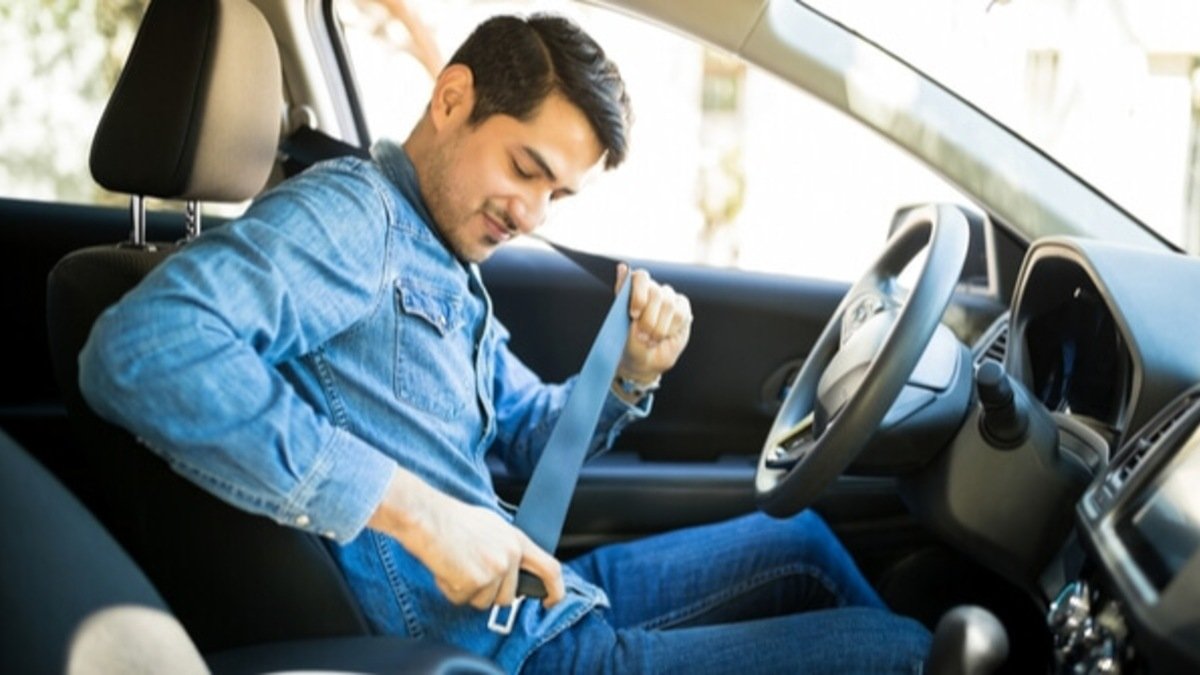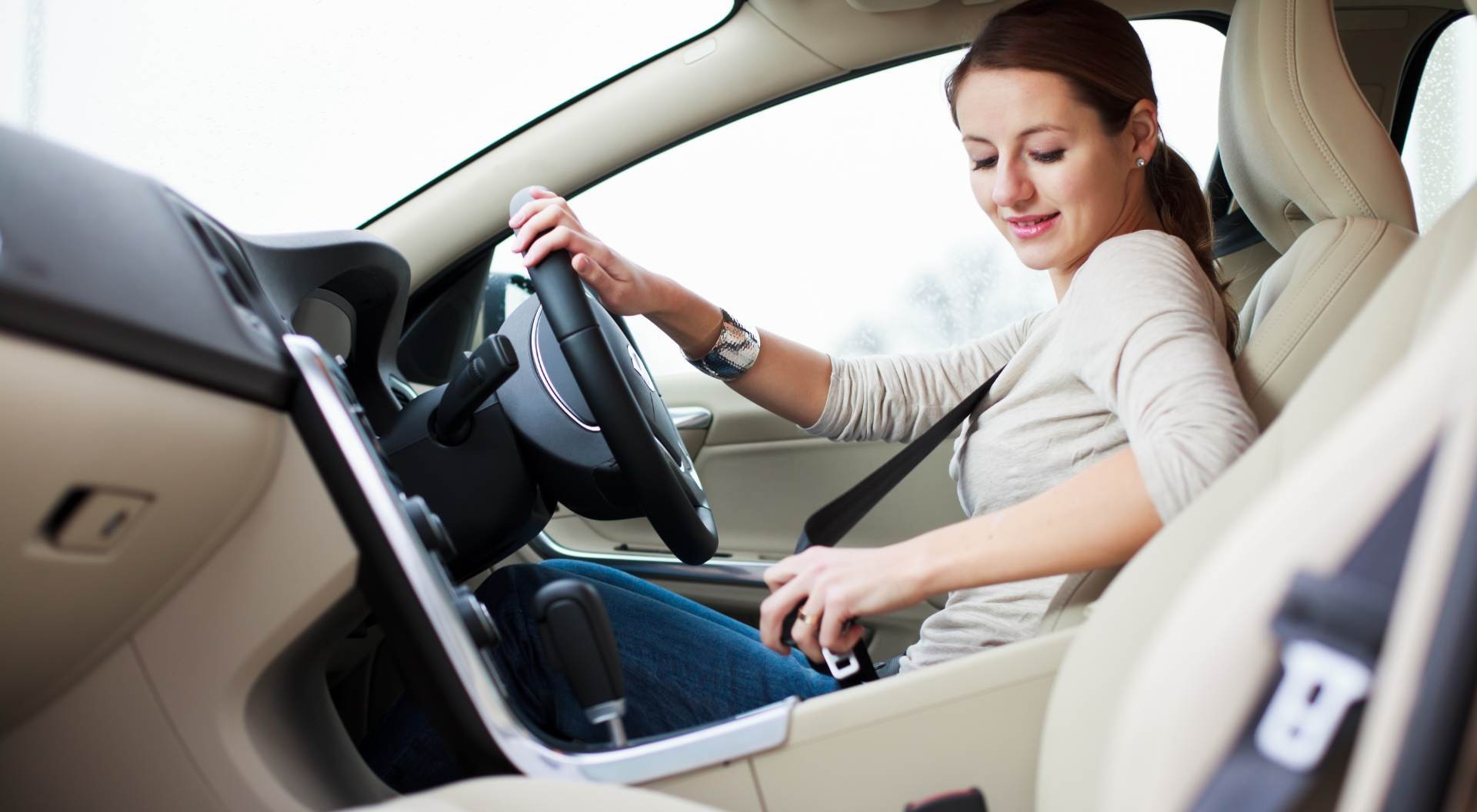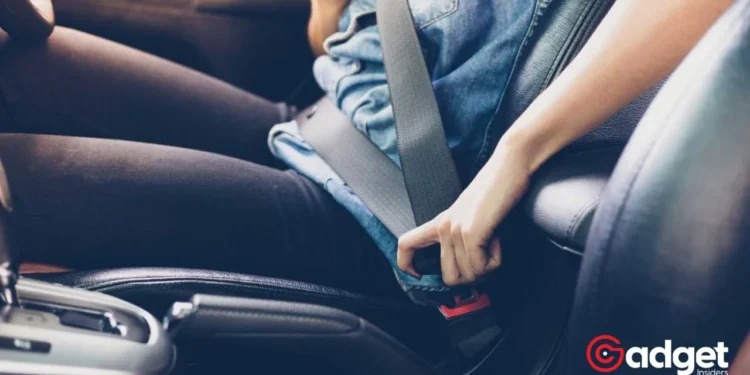In an era where touchscreen technology has become ubiquitous, spanning from our smartphones to the very vehicles we drive, the European New Car Assessment Programme (Euro NCAP) has taken a stand that could redirect the course of automotive design. The safety performance evaluator’s latest directive aims to blend traditional tactile controls with modern innovation, setting a new benchmark for vehicle safety ratings that could reshape the dashboard landscapes of future cars.

Euro NCAP: A Call for Tangible Change
The recent announcement made by Euro NCAP highlights a rising worry within the automotive industry: the shift toward touchscreens for operating important vehicle functions may not be considered to be in the best interest of driver safety.
Vehicles will be required to reinstall physical controls for essential functions by the year 2026 to acquire the highly sought-after five-star safety rating. These controls include turn signals, danger lights, windshield wipers, the horn, and so-called emergency services capabilities.

This move, while seemingly a step back technologically, is driven by a compelling argument against the current trend of digitizing control interfaces. The reliance on touchscreens forces drivers to navigate through menus for basic functions, a process that inevitably diverts their attention away from the road.
As vehicles in Europe already incorporate the eCall system, which automatically signals emergency services in the event of a serious accident, ensuring the immediate accessibility of such features is paramount.
The Risk of Distraction
Matthew Avery, director of strategic development at Euro NCAP, highlighted the industry-wide issue, stating, “The overuse of touchscreens is an industry-wide problem, with almost every vehicle-maker moving key controls onto central touchscreens, obliging drivers to take their eyes off the road and raising the risk of distraction crashes.”
The forthcoming Euro NCAP tests set for 2026 aim to mitigate this risk by encouraging manufacturers to design vehicles that minimize “eyes-off-road” time, thereby enhancing overall driving safety.
Too many screens? Why car safety experts want to bring back buttons https://t.co/eHGsxeyhEF
— Popular Science (@PopSci) March 5, 2024
The critique isn’t just from safety bodies but also from drivers themselves, with some Tesla owners voicing their frustrations on forums like Hacker News.
The lack of physical controls for frequently used or safety-critical functions, such as speed control for windshield wipers or turn signals, has been labeled as a design flaw, underscoring the practical challenges and safety concerns posed by touchscreen-only interfaces.
The Path Forward
While Euro NCAP’s requirements are not legally binding, the influence of their safety ratings on consumer choice and, consequently, on manufacturers’ design priorities cannot be understated.
As carmakers prepare for the 2026 guidelines, the automotive landscape is poised for a significant shift, blending the tactile familiarity of physical controls with the advanced capabilities of digital systems. This balance aims not only to enhance the driving experience but also to ensure that safety remains at the forefront of vehicle design and technology.

Euro NCAP: The Way Forward
In response to Euro NCAP’s initiative, the automotive industry stands at a crossroads. As manufacturers revisit their design strategies to align with these new standards, the directive serves as a reminder that innovation should not come at the expense of safety.
By integrating physical controls for essential functions, future vehicles will offer drivers a more intuitive and, importantly, safer driving experience.
As we navigate towards this new era of automotive design, the emphasis on tactile controls reaffirms the timeless value of direct, physical interaction with our vehicles, ensuring that safety and simplicity go hand in hand on the road ahead.










